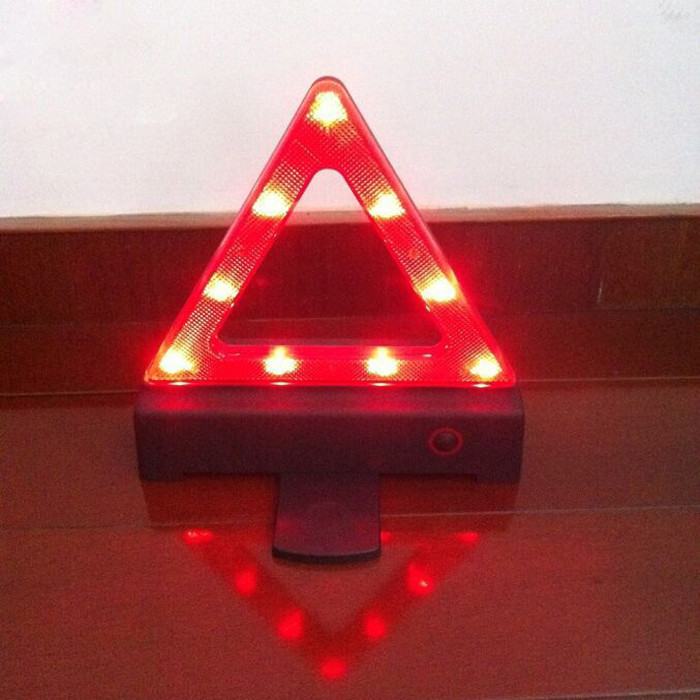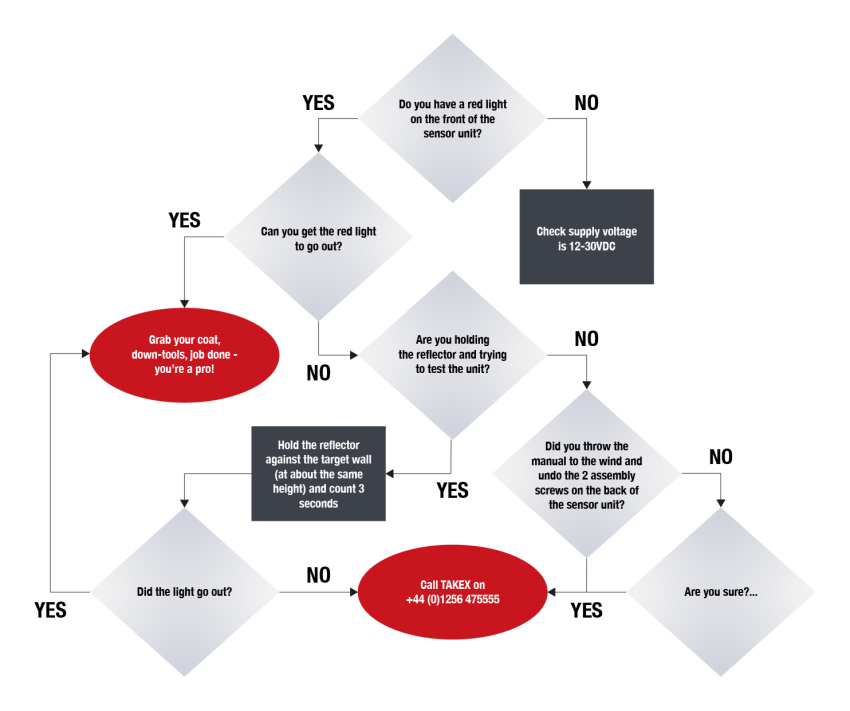

Demonstration of the Fresnel effect., this behavior is demonstrated for a perfectly reflective Materialįresnel 0.0 stands for a perfect mirror Material, while Fresnel 5.Ġ could stand for a glossy Material. This is the Fresnel effect: having a surface sharing reflective and non-reflective propertiesĪccording to the viewing angle and the surface normal. Then the ground is gradually masked until all you see is the reflection of the sky. The liquid surface part which is closer to you lets you see the ground,īut if you move your gaze towards the other end of the puddle, Your face close to the ground, and look again at a distant point on the puddle of water, If you kneel just in front of the puddle, You can see the ground through the puddle. Let us undertake a small experiment in order to understand what Fresnel is really about.Īfter a rainy day, go out and stand over a puddle of water. With values equal to (from top to bottom) 0.0, 2.5 and 5.0. More samples will give a smoother result, but will also increase render time. Samples Number of cone samples averaged for blurry reflection. However, the reflections could become noisier. Raising the threshold will make the adaptive sampler skip more often, If a sampling contributes less than this amount (as percentage), sampling is stopped. Threshold Threshold for adaptive sampling. Values < 1.0 give diffuse, blurry reflections and activate the settings below. You can also use this value to mimic depth of field in mirrors. Use this setting to make a realistic reflection, all the way up to a completely foggy mirror. The left mirror has a Gloss of 0.98, the middle is Gloss = 1.0, and the right one has Gloss of 0.90. (such as car paint) are not perfect and therefore slightly need a Gloss greater than 1.0. Also, uneven or waxed-but-grainy surfaces A flat, or low gloss,įinish disperses the light and gives a very blurry reflection. In paint, a high-gloss finish is very smooth and shiny. Material color can be best for indoor scenes, Sky color (World settings) Fade to The color that rays with no intersection within the Max Distance take. Reflections further than this range fade out to reduce compute time. Max Distance Maximum distance of reflected rays away from camera (Z depth) in Blender units.

In this case, a Depth of 4 or 5 is typically a good value. Reflections in the reflection of the reflected object (!). You will need to increase this value if you want to see surrounding If your scene contains many reflective objects and/or if the camera zooms in on such a reflective object, Depth Maximum allowed number of light inter-reflections. Blend A controlling factor to adjust how the blending happens between the reflective and non-reflective areas. The more reflective a material becomes (this generally occurs on the outline of objects). The Fresnel effect controls how reflective the material is,ĭepending on the angle between the surface normal and the viewing direction.

Fresnel Sets the power of the Fresnel effect. Simply click the color button in the mirror panel and select a color. You have to set the Mirror Color accordingly. In order to replicate this within Blender, This is the case for well-polished copper and gold, for example. Will reflect the exact colors of its surrounding.īut some other equally reflective materials tint the reflections with their own color. Mirror Color Color of mirrored reflectionīy default, an almost perfectly reflective material like chrome, or a mirror object, This parameter sets the maximum number of bounces allowed for a single ray. This is why a mechanism for limiting the travel of a single ray is set through the Depth value: Obviously, if there are only reflective objects in the scene, then the render could last forever. Until a non-reflective object is finally met and gives the whole chain of rays its color.Įventually, the first reflective object inherits the colors of its environment, Then the ray bounces from its current location and travels up to another object, and so on, Then the ray takes the color of the object. If the first object hit by the ray is not reflective, The principle of ray-traced reflections is very simple:Ī ray is fired from the camera and travels through the scene until it encounters an object. Ray tracing can be used to make a material reflect its surroundings, like a mirror. Reflections are not available in the Game Engine).

Mirror reflections are computed in the Blender Render and Cycles Renderers using ray tracing.


 0 kommentar(er)
0 kommentar(er)
